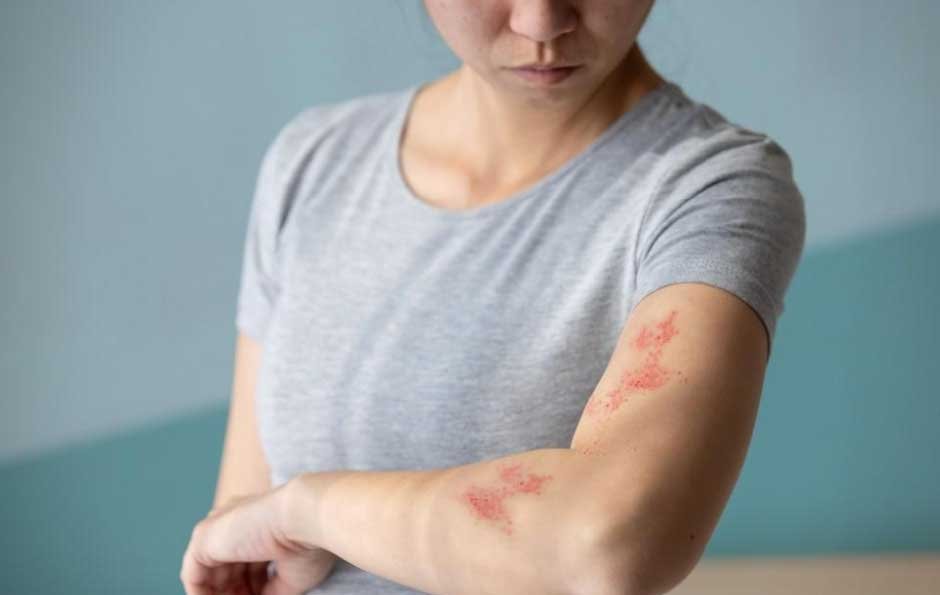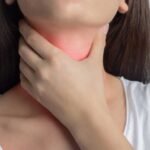Shingles, medically known as herpes zoster, is a painful skin condition that affects adults, particularly those over the age of 50. It is caused by the varicella-zoster virus, the same virus responsible for chickenpox. After a person recovers from chickenpox, the virus remains dormant in the body and can reactivate years later as shingles. Recognizing the early signs of shingles is crucial for effective management and minimizing complications.
Understanding the Early Symptoms
One of the first signs of shingles is a tingling or burning sensation on the skin, often accompanied by itching or numbness. This sensation usually occurs in a localized area on one side of the body or face. This is followed by a rash that appears a few days later. The rash typically develops into clusters of small, fluid-filled blisters. These blisters can cause significant discomfort and pain, which is a hallmark of shingles.
The pain associated with shingles can range from mild to severe and is often described as a deep, aching, or shooting sensation. It is important to note that the pain can occur even before the rash appears, making it a key early indicator. Other early symptoms may include fever, headache, fatigue, and sensitivity to light. Recognizing these symptoms early on can lead to prompt medical intervention, which is essential for reducing the severity and duration of the outbreak.
Differentiating Shingles from Other Conditions
Shingles can sometimes be mistaken for other skin conditions such as eczema, contact dermatitis, or even herpes simplex infections. Unlike these conditions, shingles is distinguished by its unilateral presentation, meaning it affects only one side of the body. The distinctive pattern of blisters is also a telltale sign that can help differentiate shingles from other rashes.
Another condition that shingles is often confused with is postherpetic neuralgia (PHN), which occurs when nerve pain persists even after the rash has healed. PHN is a common complication of shingles and can be debilitating, lasting for months or even years. Early recognition and treatment of shingles can significantly reduce the risk of developing PHN.
The Importance of Early Detection
Early detection of shingles is vital for several reasons. Firstly, antiviral medications are most effective when administered within 72 hours of the rash appearing. These medications can help shorten the duration of the outbreak and lessen the severity of symptoms. Secondly, early treatment can reduce the risk of complications such as PHN, which can have a profound impact on a person’s quality of life.
In addition to antiviral medications, pain management is an integral part of shingles treatment. Over-the-counter pain relievers, prescription medications, and topical treatments can provide relief. For those experiencing significant nerve pain, exploring options like neuropathy treatments in Tulsa can be beneficial.
Preventive Measures and Vaccination
Vaccination is an effective measure to reduce the risk of developing shingles. The shingles vaccine is recommended for adults aged 50 and over, even for those who have had shingles before. This vaccine can help prevent the reactivation of the varicella-zoster virus and reduce the severity of symptoms if an outbreak occurs.
Maintaining a healthy immune system through a balanced diet, regular exercise, and stress management can also help in preventing shingles. Individuals should also be aware of factors that may trigger an outbreak, such as stress or a weakened immune system, and take steps to mitigate these risks.
Conclusion
Shingles is a common condition among adults that requires prompt attention and treatment. By recognizing the early signs, individuals can seek medical intervention early, leading to better outcomes and reduced risk of complications. Differentiating shingles from other conditions is crucial for accurate diagnosis and treatment. With preventive measures like vaccination and lifestyle modifications, the impact of shingles can be minimized, ensuring a better quality of life for those at risk.



